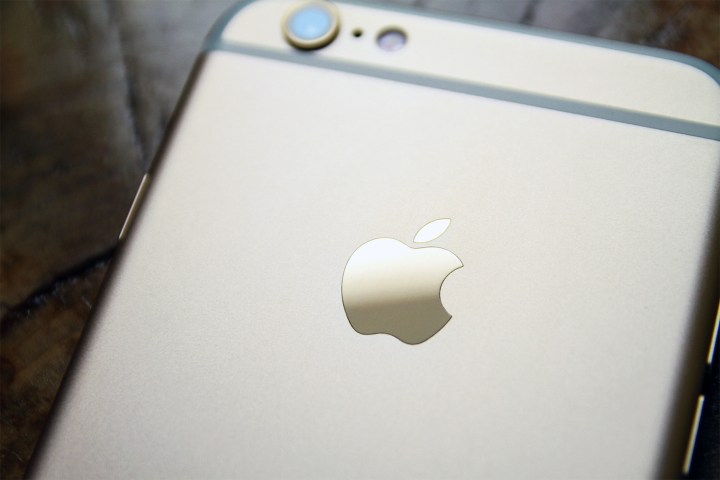
“End of an era?” – Phys.org
“iPhone sales have finally stalled” – Gizmodo
With headlines like these, you might imagine that iPhone sales dropped dead at the end of 2015. You’d be wrong. Despite what you may read, the iPhone has not “flatlined,” and there is no evidence that this is the “end of an era.” More people bought iPhones from October to December than any three-month period in history — 74.8 million of them were sold. So if you hear someone saying that Apple’s “super-growth era” is over, think twice.
Expectations are too high. Wall Street analysts and technology pundits are unhappy with Apple’s record sales of 74.8 million because it didn’t grow enough. The figure is only 0.5 percent higher than Apple’s record 2014 holiday sales of 74.5 million. Wall Street greedily wants faster growth, and the media is afraid that Apple’s iPhone gravy train may finally derail.
The iPhone is not dying.
Apple sold 231.5 million iPhones in 2015, 20 percent more than it’s ever sold before. And in 2016, there’s no reason to think it won’t sell a ton more. The iPhone 6S and 6S Plus didn’t dramatically increase the number of people who buy iPhones like the 6 and 6 Plus did last year, but Apple is still selling more iPhones than ever, and historically, this is a repeating trend.
The iPhone 5S suffered a similar lack of growth two years ago. When it came out in late 2013, it looked identical to the iPhone 5 except for one big feature: It came in gold. Anticipating the problem, Apple also tried to re-release the iPhone 5 with colorful plastic cases, calling it the 5C, but it barely made a dent in sales. Growth slowed to 6.7 percent during a year when global smartphone sales grew more than 40 percent.
iPhone sales growth cooled down so much with the iPhone 5S, that even I believed that the iPhone had peaked, and had nowhere to go but down. That’s what the data showed, after all. But I was wrong. Apple released two bigger, better iPhones and sales exploded again in 2014. Out of nowhere, sales climbed by 46 percent, doubling the global smartphone industry’s growth.
After the 5S, even I claimed that the iPhone had peaked. I was wrong.
The new features of the iPhone 6S were especially invisible. New abilities like 3D Touch are neat, but app developers haven’t found many inspiring ways to use them yet. The new color, Rose Gold, hasn’t flown off the shelves, either.
Then again, a lot of big players boarded the struggle bus in 2015. The market for smartphones only ticked ahead by 10 percent (an estimate, as full figures aren’t out yet), the lowest since the iPhone shook things up in 2008. LG shipped 60 million smartphones and Samsung also took a hit. It shipped 320 million smartphones, a 2 percent decline, despite pumping out more than 20 different phones in 2015 alone. Apple released two.
From 2007 to 2011, Apple could do no wrong. No one could compete with what the iPhone offered, and because of it, Apple’s phone tended to double in sales every year, like clockwork. But times have changed. The world is full of Android phones that look almost identical to the iPhone, which is why Android growth tends to sputter and spurt. Apple continues to climb, but its trajectory is determined by the innovations it packs into each new phone, and how many new hands those innovations appeal to.

Loudmouths can make all the doom and gloom predictions they want, and point to Tim Cook’s warning that iPhone sales will decline slightly (year over year), as evidence that it’s curtains for Apple; they’re shortsighted.
Until Tim Cook shows off the iPhone 7 this September, no one has an inkling of where iPhone sales are headed. Early rumors are already buzzing, and they don’t paint a picture of a stagnant company. There are hints that iPhone 7 will have a new design, OLED screen, dual rear cameras with optical zoom, a screen with a built-in fingerprint reader, wireless charging, no headphone jack (a head scratcher), a waterproof liquid metal unibody, wireless earbuds, more RAM, and a faster processor.
The iPhone is not dying. Its future is, as always, completely up to Apple.
Editors' Recommendations
- This is the iPhone concept of my dreams
- A big iPhone update is right around the corner
- One of the most iconic iPhone accessories is back — and it’s great
- iPhone 16: news, rumored price, release date, and more
- This one Apple Fitness feature completely changed how I exercise




